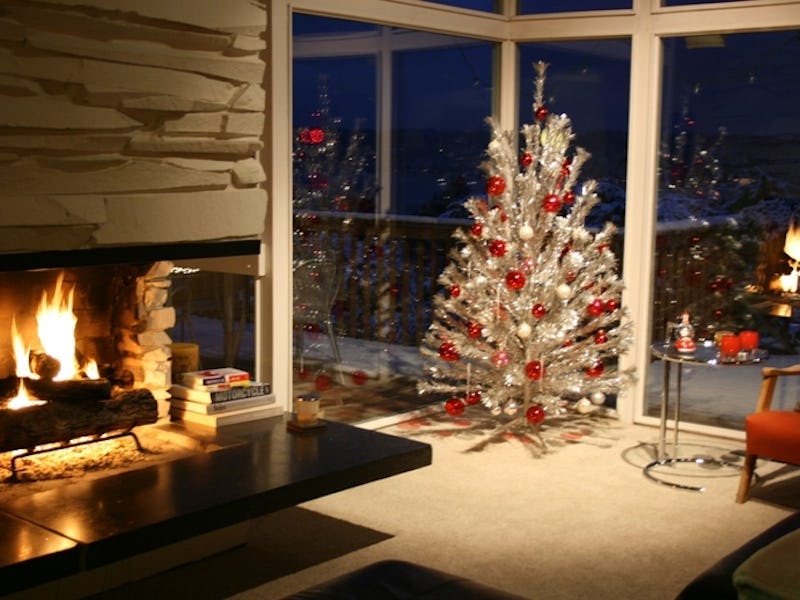How Charlie Brown Killed the Aluminum Christmas Tree And Helped the Environment
Way to go, you weird grumpy old man trapped in an animated boy’s body.

When A Charlie Brown Christmas debuted 50 years ago, it killed the aluminum Christmas tree. Why? Because Charlie Brown hated them, and Americans love getting their decorating directions from animated holiday specials. (Or it was a fad, and like all fads, this sucker’s number was up.) Either way, the tinsel tree peaked in the early 1960s and crashed in ‘66, replaced by either the authentic thing or a more life-like simulacra. But let’s say Charlie Brown did play a hand in felling the aluminum tree — did he do the environment any favors?
Parsing the environmental impact of Christmas trees is a sticky business, as players on both sides of the artificial-real divide boast theirs is the one true path to environmentally friendly decoration. When The New York Times waded into this debate in 2010, it concluded that real trees are, on the whole, a greener option even than reusing plastic ones: Sure, you’re cutting down a tree each year and presumably driving somewhere to pick it up. But during the tree’s life, it takes carbon out of the atmosphere, and in death, can be mulched rather than landfill fodder.
So where does that leave aluminum? It’s slightly tougher to estimate than nature v. plastic, mostly thanks to recycling. Once out of the ground, recycling aluminum is rather efficient — after you guzzle that Coors, parts of the can end up on package store shelves as soon as 60 days later. But if you’re creating an aluminum tree from scratch, you have to get the aluminum — which isn’t just lying about in neat rolls — but relies on a nasty bit of industrial process called bauxite mining.
Bauxite contamination kills wildlife, and where unregulated, can be harmful to humans, too. In response to a huge Chinese demand for aluminum, bauxite mining is booming in Malaysia, with the side effect of coating towns in red dust and possibly spiking rates of respiratory problems. That’s not to say all bauxite is mined irresponsibly, but even old scars of ore mining can be dangerous — in Arkansas, for instance, people have drowned swimming in water-filled bauxite pits.
To turn raw bauxite into a tree also takes energy. No one has studied the energy comparisons for aluminum trees against the real thing, but an independent 2011 study found that the decision between plastic and nature was essentially negligible, environment-wise. It takes six times as much energy to create a fake tree than to grow one, but if you keep it for more than nine years, the whole thing becomes a wash.
There have been whispers of an aluminum tree revival, at least in places like Manitowoc, Wisconsin — ground zero for the tinsel tree, thanks to a company called Aluminum Specialty. If you want to partake in this retro-future Yuletide tradition, we might suggest recycling one off eBay, though they’ll set you back a few shiny pennies. If not, go with Charlie Brown and choose the real conifer.